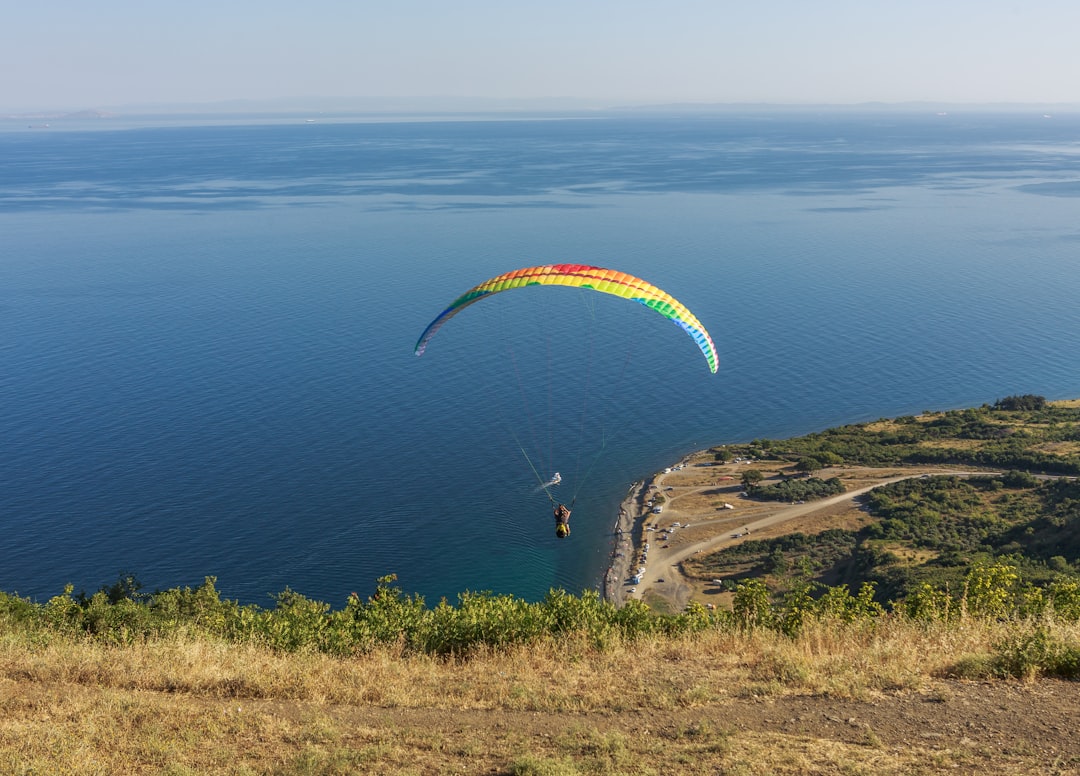
How to Visit Historic Monuments: A Guide for Travelers.
# Introduction. Visiting historic monuments is an enriching experience that allows travelers to connect with the past and appreciate the architectural and cultural marvels developed over centuries. These monuments tell stories of civilizations, triumphs, tribulations, and human spirit, serving as timeless reminders of our history. This guide explores how to plan a memorable visit to historic monuments, ensuring that every moment spent marveling at these landmarks becomes an enthralling adventure. # Understanding the Importance of Historic Monuments. Historic monuments play a pivotal role in preserving the cultural heritage of a society. They represent the ingenuity of their creators and the narratives of the communities they served. From ancient pyramids to medieval castles, these structures often embody the strategic positioning of their regions, use of local materials, and ancient construction techniques. By visiting them, travelers gain insights into historical events, the evolution of architecture, and the impact of various cultures on present-day society. Therefore, understanding the significance of these sites can transform a casual visit into a deeper exploration of human history. # Researching Your Destination. Before embarking on your journey, thorough research is crucial. Identify which historic monuments pique your interest and delve into their backstories. Resources like travel blogs, documentaries, guidebooks, and local tourism websites can provide context to enhance your experience. Additionally, understanding the historical significance, architectural style, and local customs surrounding the monument aids in fostering greater appreciation during your visit. Make a note of nearby attractions, amenities, and cultural events taking place, as these often complement your exploration of historical sites. # Planning Logistics Effectively. Logistics play an essential role in ensuring a smooth visit. Consider factors such as the monument’s hours of operation, entry fees, and guided tour availability. Some sites may be best visited during the off-peak season to avoid large crowds and enhance your experience. Additionally, explore transportation options—whether by car, train, or bicycle—and nearby accommodation if you’re planning a multi-day visit. Consider investing in a local guide or audio tour, as it can elevate your understanding and appreciation of the monument, providing context you may not find in brochures or online resources. # Embracing Local Culture and Etiquette. While visiting historic monuments, it's vital to respect the local culture and adhere to customary etiquette. Each site may have specific rules, such as photography restrictions, dress codes, and visiting hours, often established to preserve the integrity of the monument and the surrounding environment. Engage with local customs, participate in guided tours, and take time to converse with locals. This engagement can provide not just a sense of community but also deeper insight into the monument’s relevance in today’s society. # Capturing Memories & Documenting Your Visit. Documenting your visit can be as simple as taking photographs or keeping a travel journal. Engage your senses as you explore—note the textures, sounds, and scents that accompany the experience. Consider capturing not only the monument itself but also the surrounding landscape, local people, and the atmosphere that envelops it. Sharing your experiences through social media or travel blogs can also inspire others to undertake similar journeys, promoting awareness of these historic wonders. # Conclusion. Visiting historic monuments is more than just adding another stamp to your travel itinerary; it’s about creating lasting memories, gaining new understandings, and becoming part of the narratives these sites share. With appropriate planning, respect for local cultures, and a genuine curiosity for history, your visits can unveil the stories that shaped our world. So pack your bags, embark on an adventure, and uncover the layers of history waiting for you at these remarkable monuments. .








